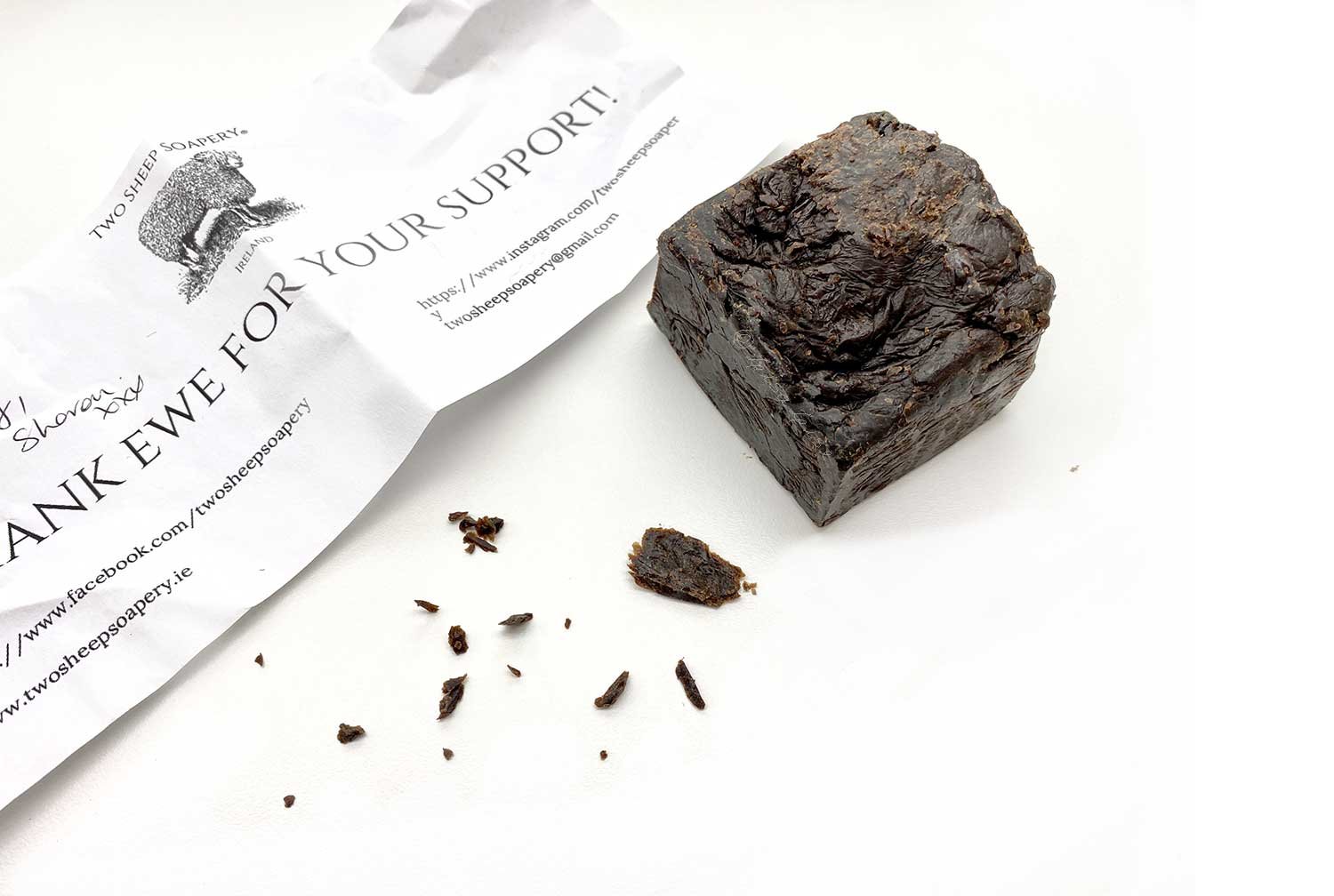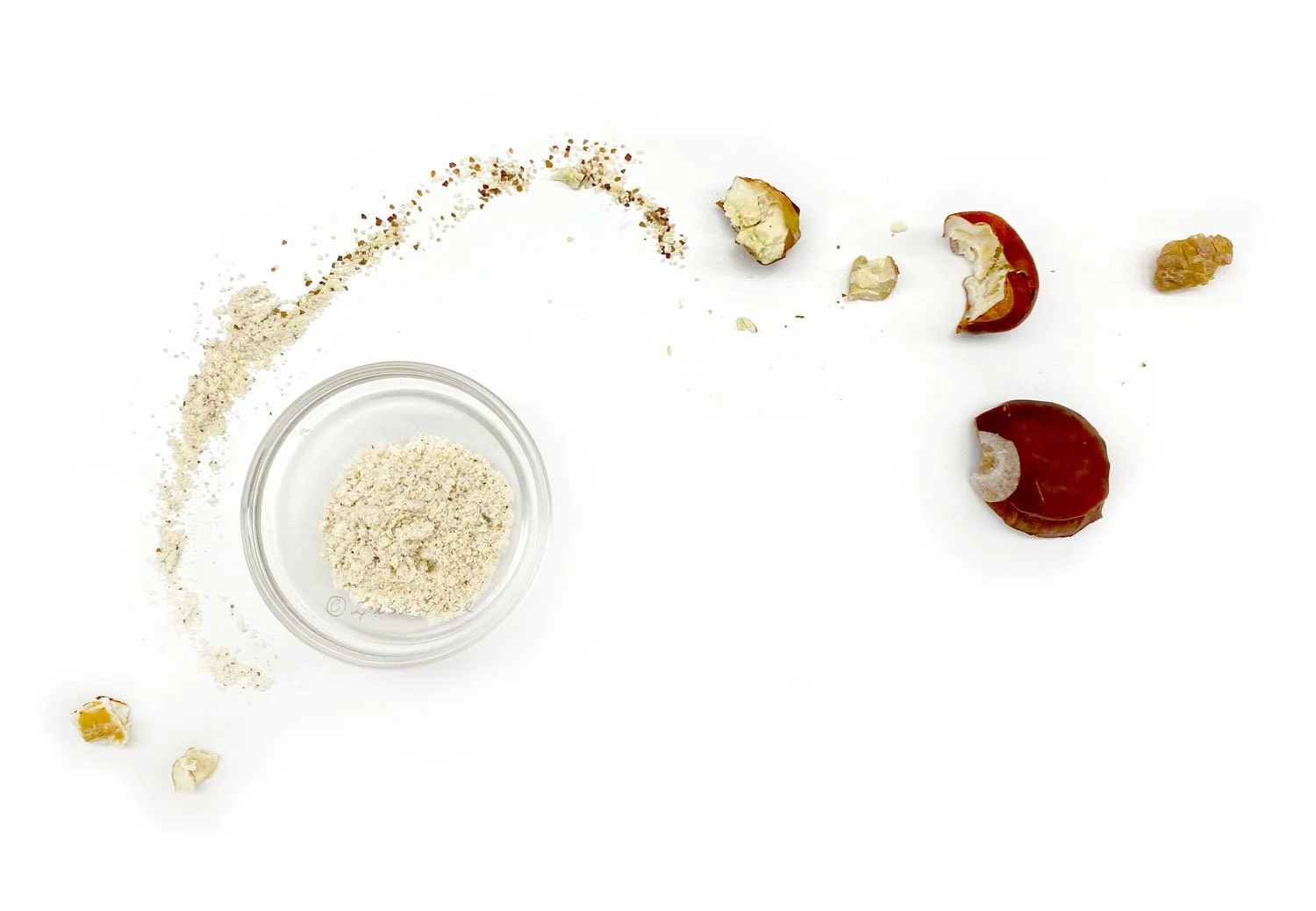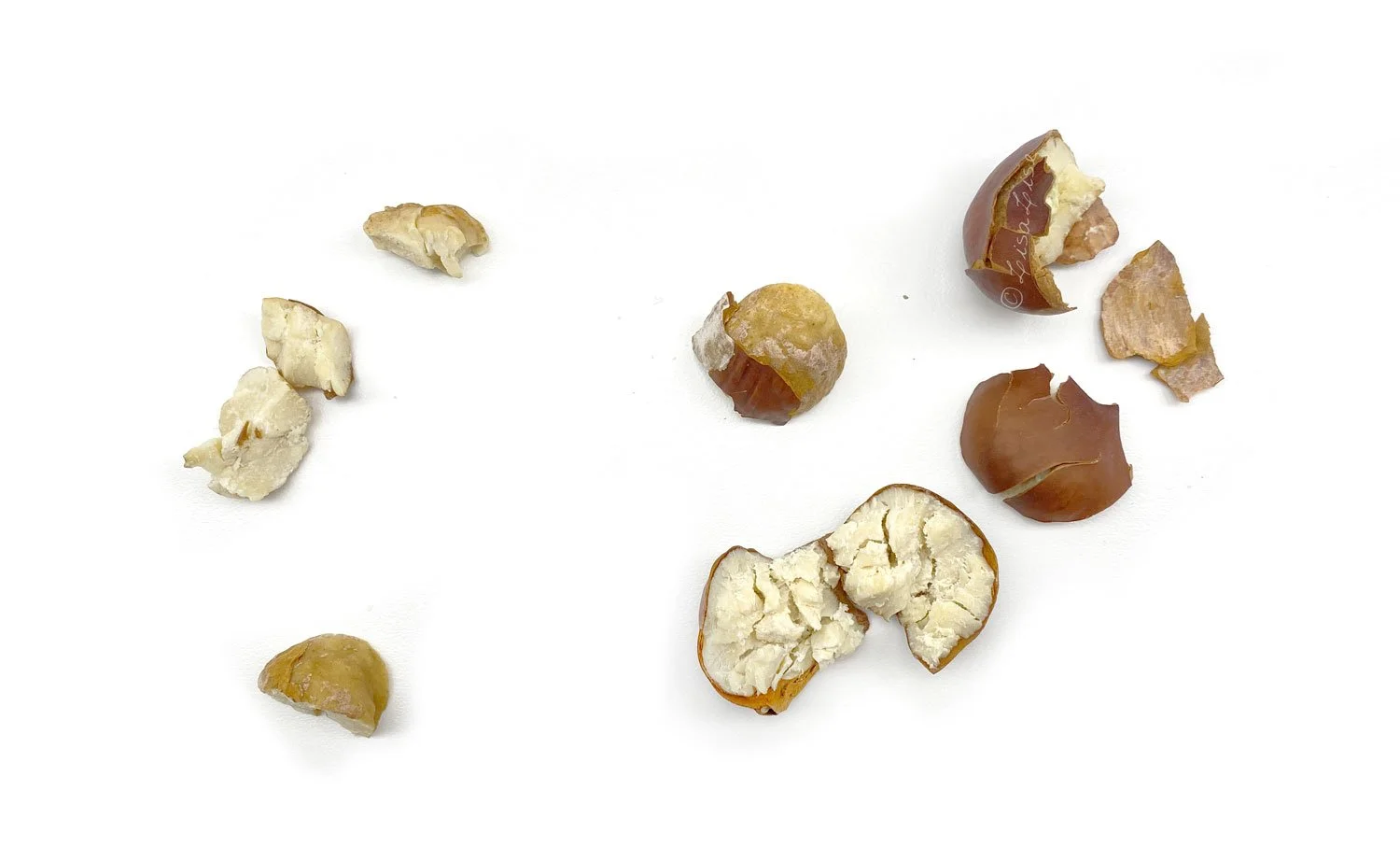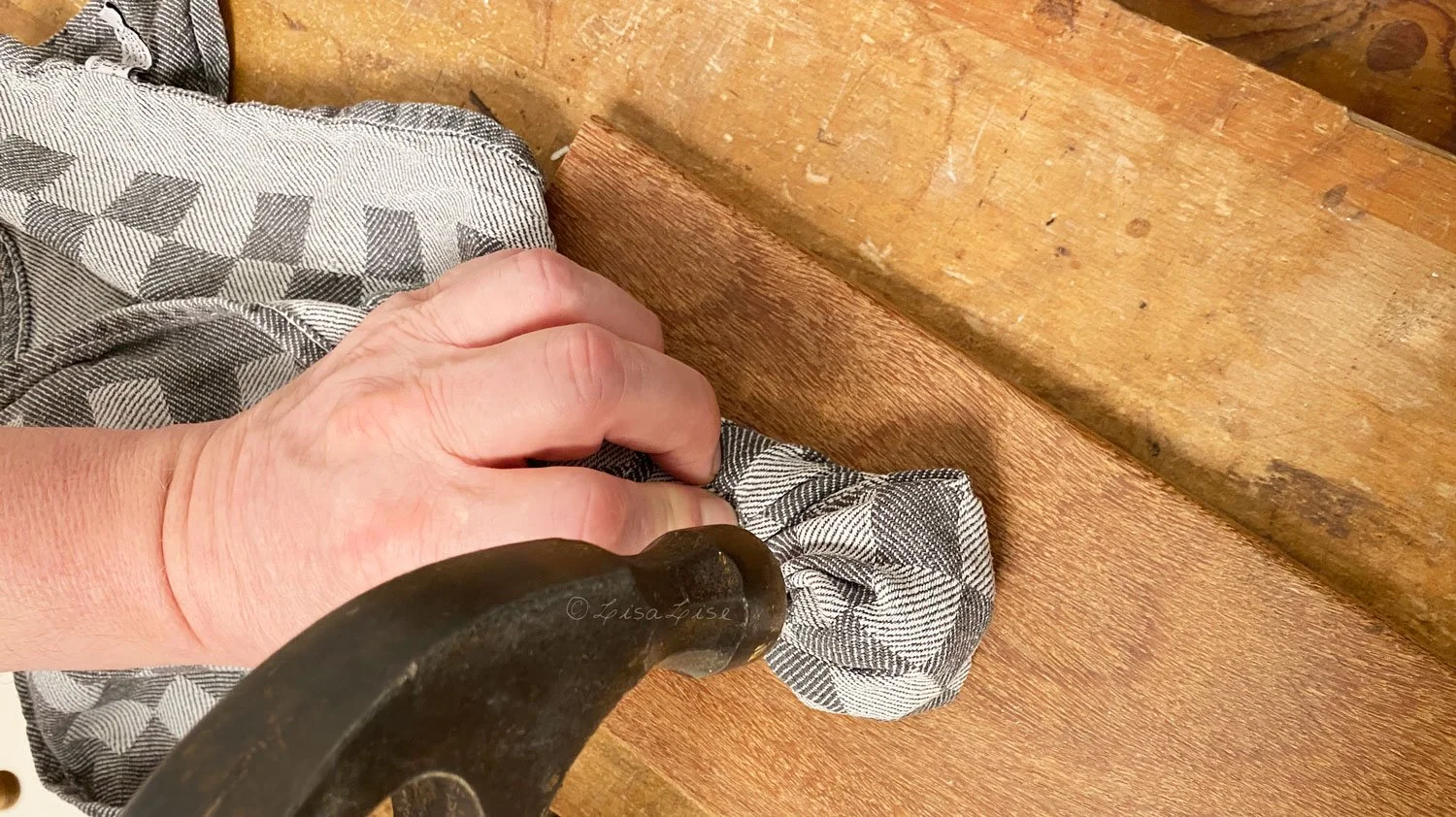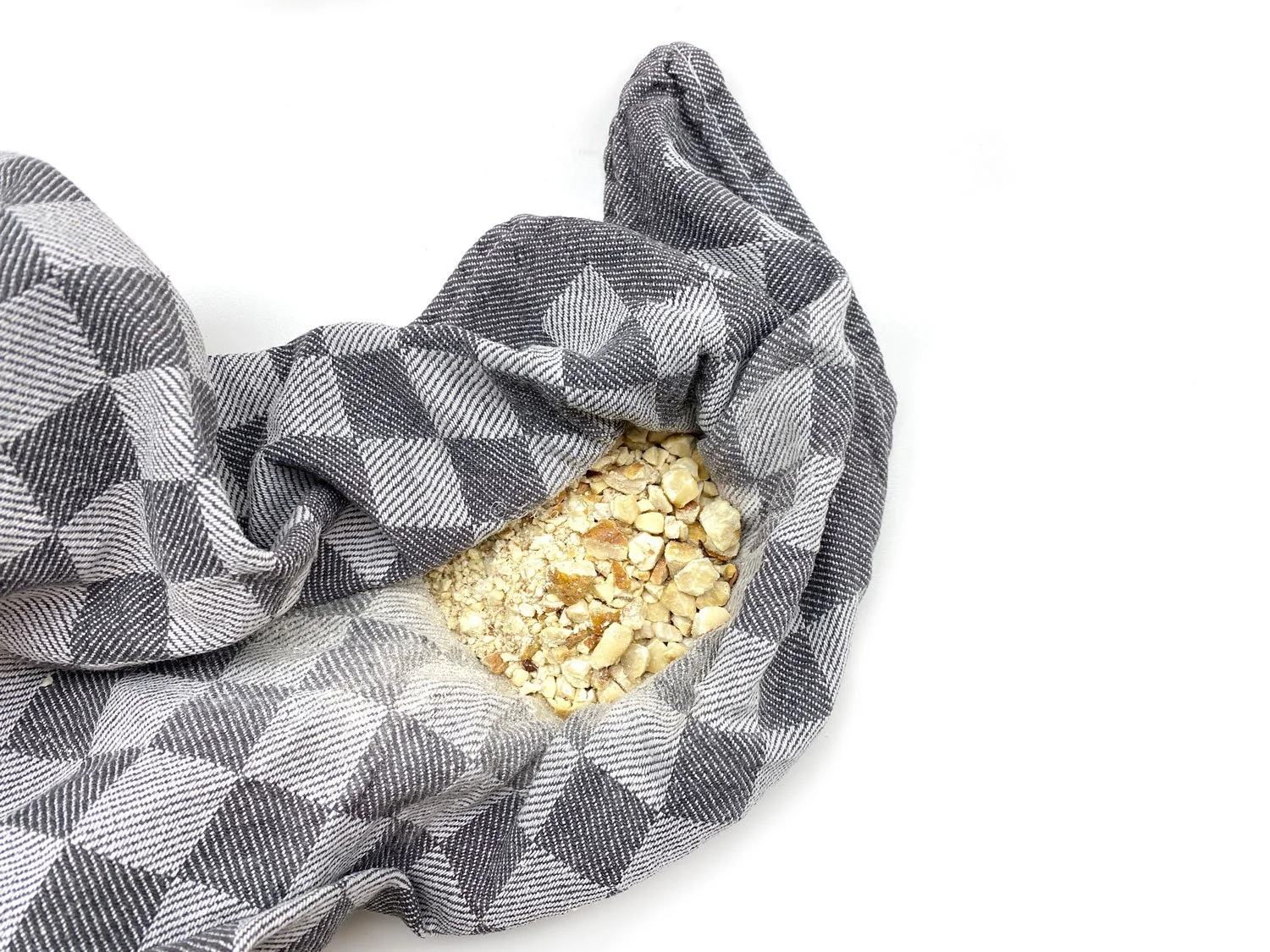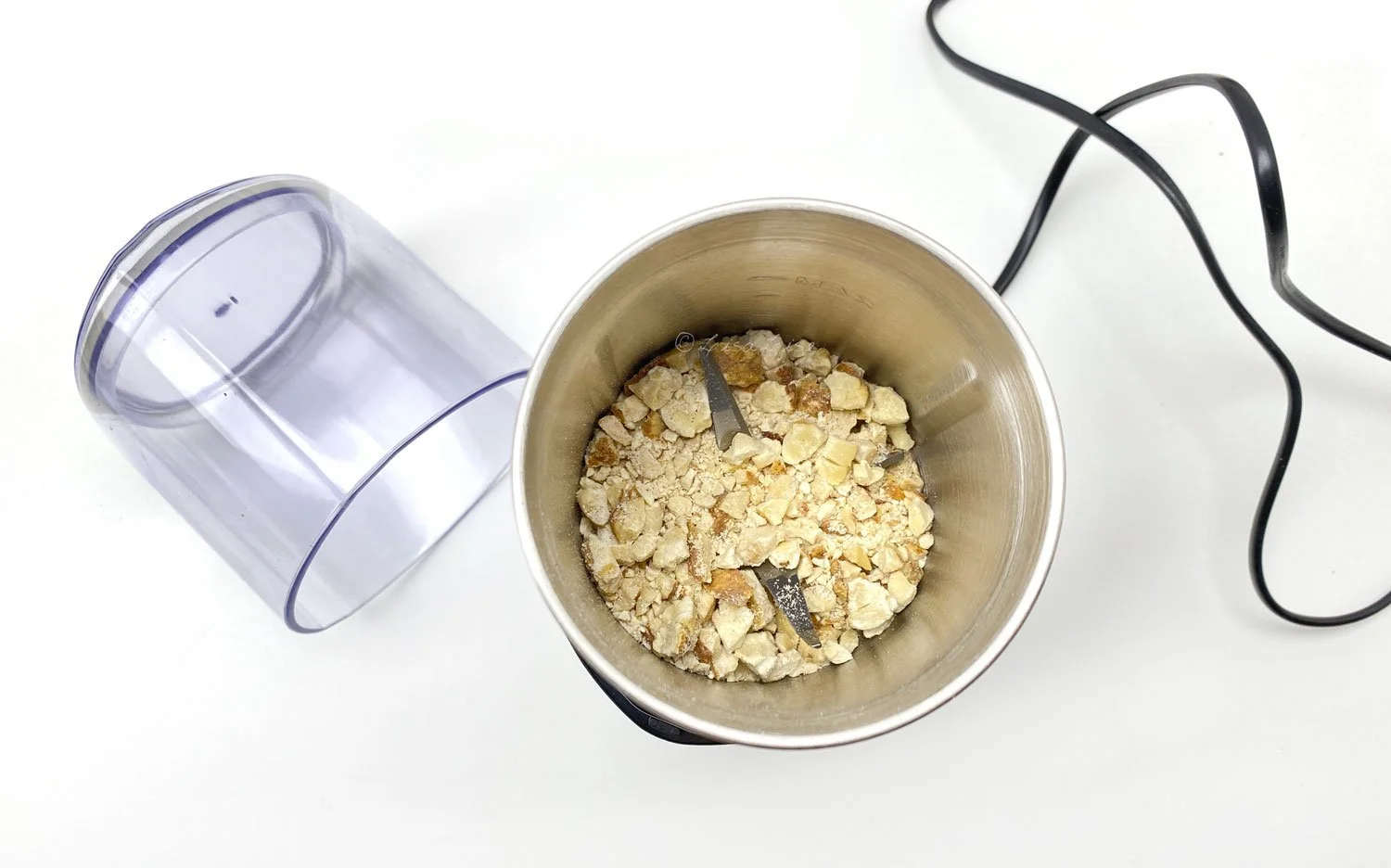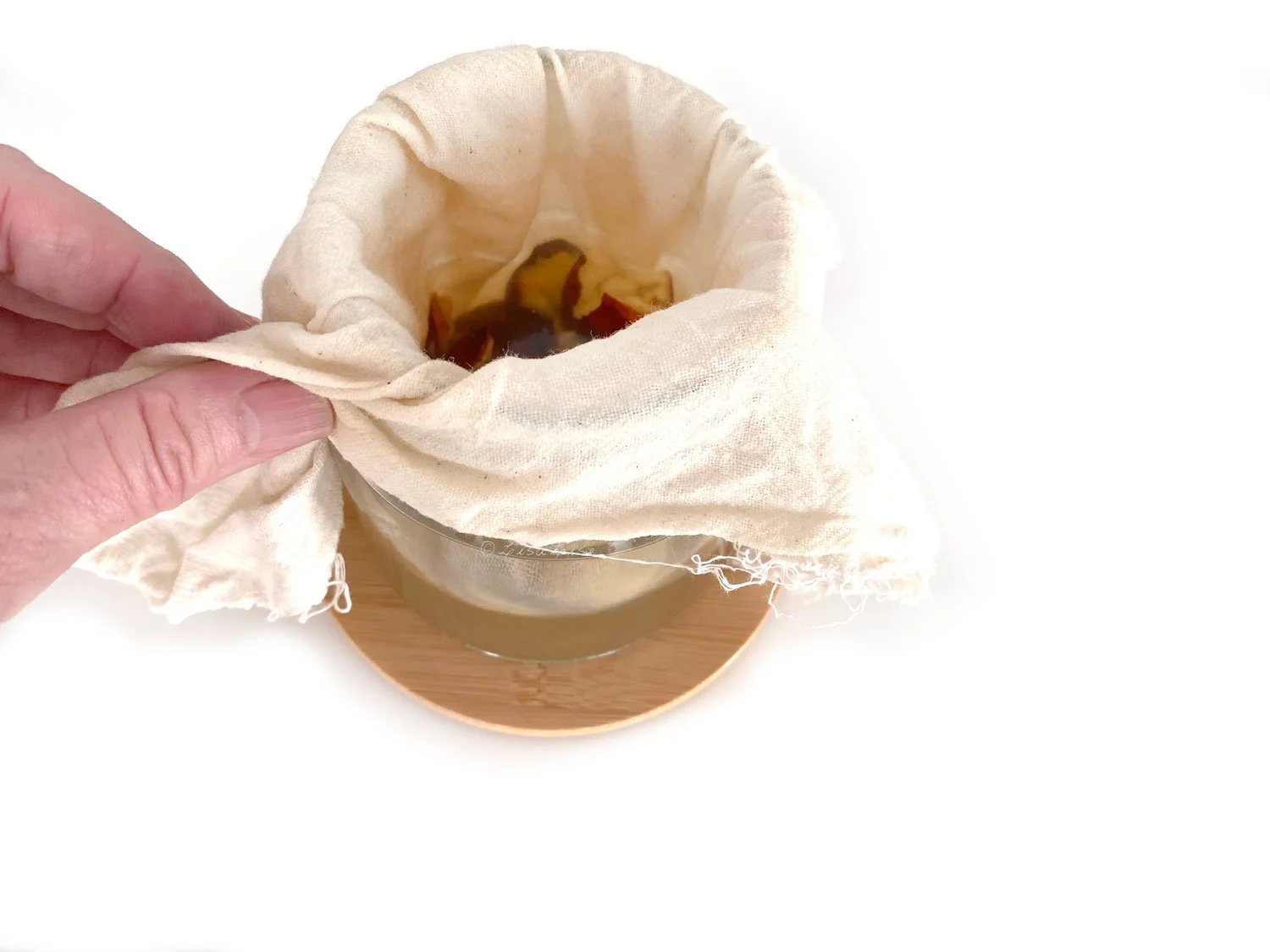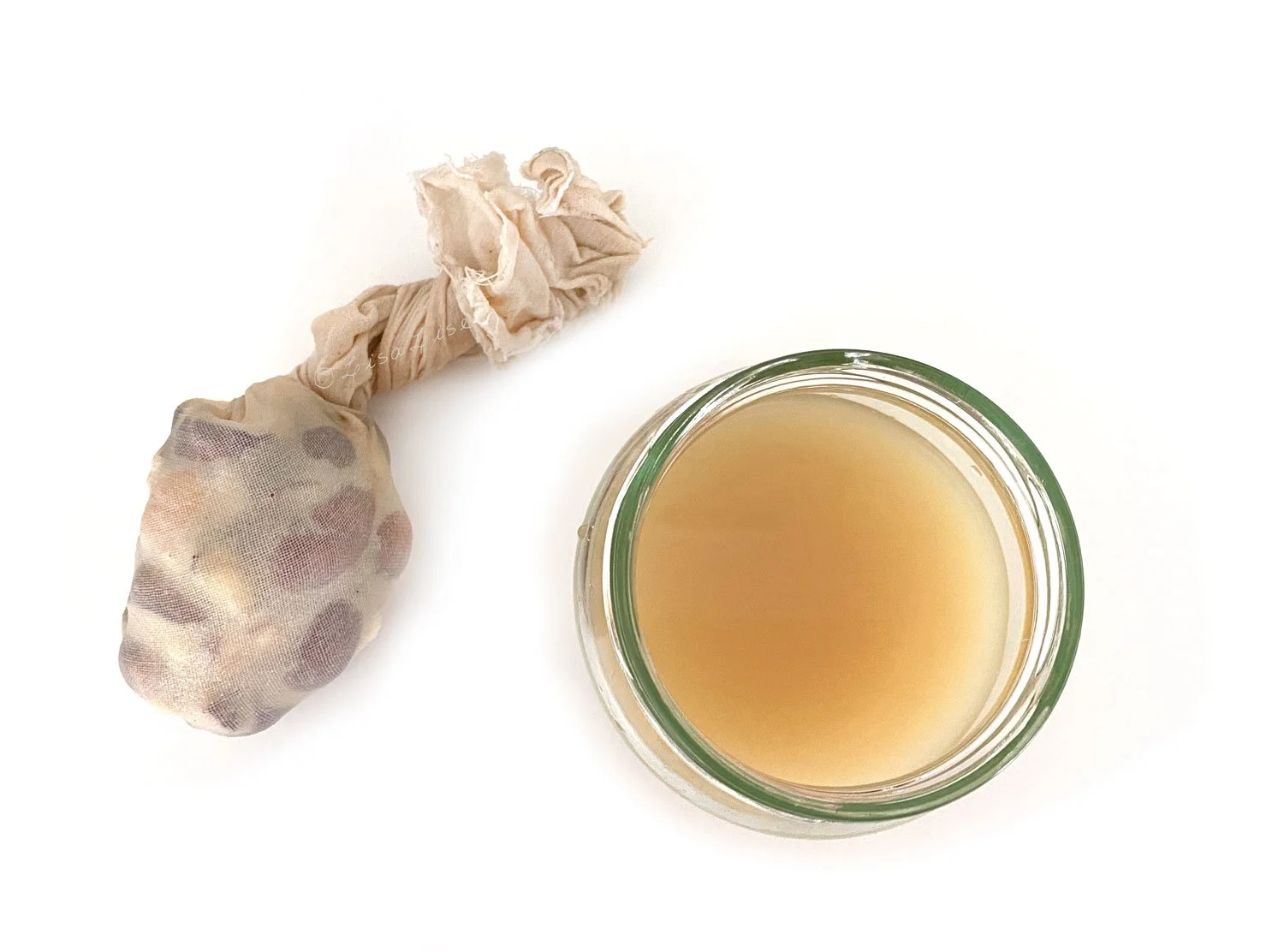Pine Tar Soap
Lise
Pictured above is not a fudge brownie (although I can see how people could mistake this for something edible). What you are looking at is pine tar soap.
This particular soap has a very long history of use (over hundreds of years).
Pine tar is made by burning pine wood. It is a dark, sticky mass that has a decidedly smoky smell - similar to smelling concentrated campfire.
Pine tar was originally used to protect and preserve wood and has its roots in Scandinavia. Throughout history, it has made its way into - of all things - soap. Despite the rather 'medicinal' and pungent smell pine tar soap has, it is loved by many - especially those with sensitive skin.
Today, we're going to learn a bit about this soap from a maker of it.
Sharon O’Reilly is the owner of Two Sheep Soapery located in Ireland. A post by Sharon on social media about pine tar soap stirred memories from years gone by, so I asked if she would be willing to share a bit about how she makes her pine tar soap and help dispel a few myths about pine tar.
Please join me in welcoming Sharon to the blog!
Thank you for joining us today Sharon. You have been making handcrafted soaps and cosmetics for over 2 decades, but your pine tar soap is special. Could you share a bit about how you got started making it?
Thank you for inviting me. This is very exciting & I'm honoured you have asked me to join you today.
I have been making handcrafted soap & cosmetics since 2011. I've made my own Balms & oil blends since I qualified in aromatherapy in 1996.
I found out about cold process pine tar soap around 2012. It was in an online American soap group & it was being talked about for skin problems. Since having chemotherapy for breast cancer, my skin has become quite sensitive, even my sense of smell/taste changed, prone to dryness & I've become very allergic to insect bites which scar horribly. This was one of many reasons why I started to make my own products after my diagnosis.
Pine tar soap is really good for skin problems. Historically in European pharmaceutical products, pine tar has been used for eczema, dry skin conditions, psoriasis, dandruff, in veterinary preparations to aid healing & as a fly deterrent on any shearing abrasions in the sheep. I use it a lot on my farm here in Ireland & find it really useful.
It's very healing.
Is pine tar a difficult ingredient to work with?
When I make my pine tar soap, I just follow my usual cold process formula (you can hot process it too which I've done) & add pine tar to my warm oils including any FO/EO (fragrance oils/essential oils).
Pine Tar is like thick, sticky brown syrup. I measure mine out separately & keep to one side until needed. I am assessed to use 10% but some soapers use as much as 20%, others only 5%. Then I add the lye solution as last thing. I never stick blend, just stir with a spoon until emulsified because it only takes a few minutes to get really thick & you have to work really fast getting it in the mould! Please don't use a stick blender or it's instant soap on a stick! Lol.
The soaps look like beautiful chocolate brownies (so I get told all the time by people), but you really don't want to eat it....Yuck!
There are some studies that conclude wood tar preparations (including pine tar) contain carcinogenic constituents that may induce skin cancer, yet ironically, pine tar soap has a long history of use specifically for skin conditions. What has been your experience with this soap and how it works?
There have been various discussions regarding the safety of various tars etc. I think where people are getting confused is between the different tars.
Coal Tar is prohibited & can have carcinogenic substances in it.
Pine tar is perfectly safe which is the one I am assessed to use. I work with an amazing cosmetic chemist.
Are there any precautions people should take before making their own pine tar soap?
Do have a go at making this wonderful soap! Initially, the smell is very strong. Perhaps put it in a shed to cure or dry out. It has a very woody, smoky, little burnt smell.
After a few weeks of curing/drying, I think it smells like like the old fashioned medicated vosene herbal shampoo! I've had both men & women say that they like the smell & I think it's suitable for all skin types. It is a very gentle soap. I make mine with a tallow base.
Good luck to everyone who has a go making the soap & I hope you enjoy the skin loving qualities it brings you.
Thank you so much for sharing these tips and insights to pine tar soap Sharon!
Find Sharon and Two Sheep Soapery here.
More About Pine Tar Soap
Pine Tar; History and Uses (LINK)
Effect of Pine Tar on Disease severity in moderate-to-severe childhood eczema (LINK)
Topical Pine Tar: History, properties and use as treatment for common skin conditions (LINK)
Opinion of the Scientific Committee on Cosmetic Products and Non-Food Products intended for Consumers concerning Wood tar and Wood Tar Products (LINK TO PDF DOCUMENT)
Dr Squatch - Benefits of Pine Tar Soap (LINK)

